On the second floor of Colorado State’s business school an ordinary office can be found with a very unordinary occupant.
The nametag on the door reads “Sonny Lubick” and nothing more.
There is no mention of the former football coach leading Colorado State to six conference titles in his 15 years as head coach. There is no mention of Lubick being the program’s most successful coach in history with 108 wins. There is no mention that a $20 million anonymous donation ensured that Sonny Lubick Field would make the trip from Hughes Stadium to the new on-campus stadium.
That is the way Lubick wants it; he is not one to flash his accomplishments.
While his impact on the Colorado State football program was second to none, it did not start when he took over as head coach in 1993 and certainly did not end when he left the program in 2007.
Sonny Lubick helped build Colorado State football into what it is today, literally.
The Fence
Come August 2017, Colorado State will be playing in a $220 million stadium.
In 1982, when Lubick was brought on as an assistant coach on Leon Fuller’s staff, Colorado State didn’t even have a fence around their practice field. Not because they didn’t want one, but because they couldn’t afford one.
In fact, students at the University were free to walk through the field whenever they pleased.
“As we were practicing, in the first year or so, the students in that dorm across the way (Edwards), it was the perfect way for them going into their dorm,” Lubick said. “They would cut right through the practice fields and there would be a big trail. We’d be out there practicing and they’d be walking through.”
The culture surrounding CSU needed to change if it ever hoped to break out of the depths college football. But change takes money; something the program didn’t have in 1982.
That’s when the coaching staff decided to take matters into their own hands.
Then head coach Leon Fuller wanted a fence to be built, and there were eight full-time coaches prepared to do so.
“You’ve got to remember, we came into (CSU) and it was not the way it is now,” said Craig Rider, former CSU defensive ends coach. “Whatever we wanted to get done, we kind of had to do it the hard way and do it ourselves.”

“We as coaches did a lot of that work and didn’t think anything of it,” Lubick said. “That was part of the way life was back then.”
The decision to build the fence was an easy one, a necessary one. If the University was not going to spend money to provide an adequate practice atmosphere, the team would provide it to themselves, with or without the University’s consent.
“I was 25, youngest coach on the staff at the time, so I was sheltered from all those decisions,” Rider said. “Leon (Fuller) basically told me just to show up and start digging. So when (administration found out), I had no clue … but we started the whole process without their approval, that’s for sure.”
In the midst of building the fence, the staff became aware it was going to be more difficult than they originally thought. Nevertheless, the project continued in secrecy, if you will, from University administration. It wasn’t until the crew was half way done with installing the fence that the University found out.
“As we got about half way through, I remember somebody from the administration happened to be driving around the college up by Shields Street and said ‘what the heck is going on over here,’” Lubick said. “But they were nice enough to allow us to finish it and didn’t tear it down. Cost more to tear it down once they figured it out.”

At the end of the day none of the coaches received any extra pay for building the fence. The construction phase took a summer’s worth of weekends to get finished, but according to Lubick, it was worth it.
“We had to have a place to practice,” Lubick said. “It was kind of funny that we did it on our own. I think that’s probably still the original fence. I don’t think they’ve ever changed it, so we must have done a decent job cause usually they fall down by this time.”
The fence put up by Lubick and the rest of Leon Fuller’s staff has kept CSU football practices free of wandering students for 35 years.
“I live in Montana,” Rider said. “And I come back to town and drive by it and I snicker thinking that we put a lot of labor into that darn fence. It’s still being used.”
The Crowned Field
When standing on the sidelines of a grass football field, especially older ones, you can notice a slope.
The crown of the field is designed to keep conditions on the field as playable as possible in inclement weather, draining rain and snow to the sidelines.
When Hughes Stadium opened in 1968, it utilized the crown system. According to Lubick, Hughes’ crown may have worked a little too well.

“At the time Hughes Stadium had a real nice crown,” Lubick said. “And if you were playing on a sloppy, snowy day or rainy day with slush, if you were on the sidelines, the mud was up over your ankles. You were standing in stuff because it was a crown field so all the water would drain off to the sidelines and that was miserable for the players, miserable for everybody.”
About one year after installing the practice field fence, Lubick and the rest of Fuller’s staff were through battling the sideline slosh at Hughes Stadium. Another project was on the way, this time University approved.
“We got another brain storm and dug out the sidelines from the 30 to 30, so 40 yards,” Lubick said about their decision to fix the drainage problem. “Probably dug out about 8 feet and back; we had people and some other boosters helping us.”
While the CSU coaching staff was embarking on their next dig, the University of Utah was redoing their own field to get rid of old AstroTurf. Utah was able to give CSU two 40-yard stretches of turf to use in their project. The dilemma was how to get the turf to CSU.
To do so, CSU called upon now late Jerry McMorris, whom Lubick described as being “A good friend to the football team.” McMorris was a CSU booster, principal owner of the Colorado Rockies and owner of NW Transport, one of the largest trucking companies in the United States.
“(McMorris) coordinated with his trucking company that would go through Salt Lake and picked up the turf and brought it to the stadium in the summer time,” Lubick said. “That was another project that probably took us all summer.”
Hughes Stadium housed game days for Colorado State for 48 years, and thanks to Leon Fuller’s coaching staff in the early 1980s, had a proper field drainage system for 34 of those years.
The Weight Room
The new on-campus stadium will feature a 9,100 square-foot weight room. But even before CSU football moves into the new weight room in the summer of 2017, they still have two weight rooms at their disposal.
In the early 1980s, CSU also had two weight rooms. Only difference is that the weight rooms in the ’80s were about the size of an average master bedroom and had only two bench presses.
The thing about Lubick and the rest of the staff, however, is that never stopped them. They made the most of what they had and never complained about it.
“Our weight room, you couldn’t put a whole team in there,” Lubick laughed. “It was just this little room.”

Similarly to the turf on the sideline at Hughes Stadium in the 1980s, the weights were hand-me-downs, or rather hand-me-ups, from Longmont High School. Lubick and fellow coordinator Gary Sloan drove to Longmont to pick up the weights and bring them back to Fort Collins.
“I hurt my back packing those weights around,” Lubick said. “(Coach Sloan and me) put them in the back of our staff car we and and were driving back from Longmont, that car was (tilted back). We probably had 2-3 thousand pounds of weights in the trunk. To me that was a big thing.”
Gary Sloan is described as having been Leon Fuller’s go-to guy. When the coach wanted a fence built, Sloan was the first one to pick up a shovel. And when it came to the weight room, Sloan got the job done any way he could.
Specifically, Craig Rider recalls Sloan trading CSU season tickets with contractors for installation of carpet and trim in the team’s weight room.
“That’s how Gary did things,” Rider said. “He did it by trading out, not by paying people. It became pretty comical because there usually was quite a bit of beer involved. When the actual work was being done on the weekends cause everybody was donating time, even the coaches were donating time, and someone would always bring a couple cases of beer. It was fun, it was fun times.”
The “musty, old, dirty weight room,” as Lubick describes, was used for all of Fuller’s tenure as head coach from 1982-1988.
Lubick left CSU for an assistant coaching job in 1985 at Stanford and later went to Miami in 1988, where he helped lead the Hurricanes to two national titles in four years as defensive coordinator. He later returned to Fort Collins as head coach of CSU football in 1993, delighted by the presence of a new weight room.
“When I was here in the ’90s we got (one of the weight rooms the team uses now),” Lubick said. “That was the biggest upgrade in the whole world to us. Now they’ve got a weight room there and they’re going to have one in the stadium. But that’s just the way sports is moving. I don’t want to say ridiculous, but it’s the way it’s moving forward.”
The Future

When Sonny Lubick first came to CSU in 1982 as an assistant coach, Leon Fuller asked him and the rest of the staff to make a culture change. Fuller asked them start CSU’s climb out of college football’s cellar.
It started with a practice field fence, and 35 years later, has turned into a $220 million stadium.
Lubick is not jealous over not being able to coach in the new stadium. In fact, he jokes that he is glad he doesn’t have to because that means he would be expected to win more games.
He understands the process that has taken place, and it stems from his love for CSU. A fence being built over a quarter-century ago laid the foundation for the stadium. Times have changed since.
Now, head coach Mike Bobo doesn’t have to help build the stadium, he has to coach in it. Lubick had to help build the fence, and would do it over again if it meant Bobo gets to coach in the on-campus stadium.
For Bobo, he just doesn’t want the program to forget where they came from.
“We need to be grateful for what we have and what we get to do and come out here with a great attitude,” Bobo said. “Yes we push the players, have hard practices and hard off-seasons … but look where you are, don’t take this for granted. We talk about that a lot, because the hardships that dwelled in coach Lubick’s years, (we) don’t have some of those hardships.”
When Lubick left for Stanford and Miami in 1985-1992, CSU won their first ever bowl game under head coach Earle Bruce but was still regarded as a dismal college football program. When Lubick returned to Colorado State as head coach in 1993, he took the program to unprecedented heights.
Having turned a program around in such a short time, Lubick became a candidate for major coaching vacancies, receiving an offer from Miami following a 10-2 season in 1994.

“When I say this, I say this humbly,” Lubick said. “During the time we were here, we had some success, and it came rather early, probably too damn early really. Maybe a lot of it has to do with the resources were never there, that’s one little thing, but all of the sudden we did have success so we, our coaching staff, had offers to go places. (Miami) was the first one that came up after my second year. It was a pretty substantial offer to go, but I look back on it now like anything else. You come in and all of the sudden you go from here (gesturing low) to here (gesturing high)… We had great success in our second year, won 10 games, which never happened, everything was great and you think ‘Well, why the hell do I want to leave here?’”
Colorado State football has grown into a destination, not a pit stop. Sonny Lubick was in the trenches digging in the 1980s; the monument is being unveiled in 2017.
Collegian sports editor Chad Deutschman can be reached by email at sports@collegian.com or on Twitter @ChadDeutschman


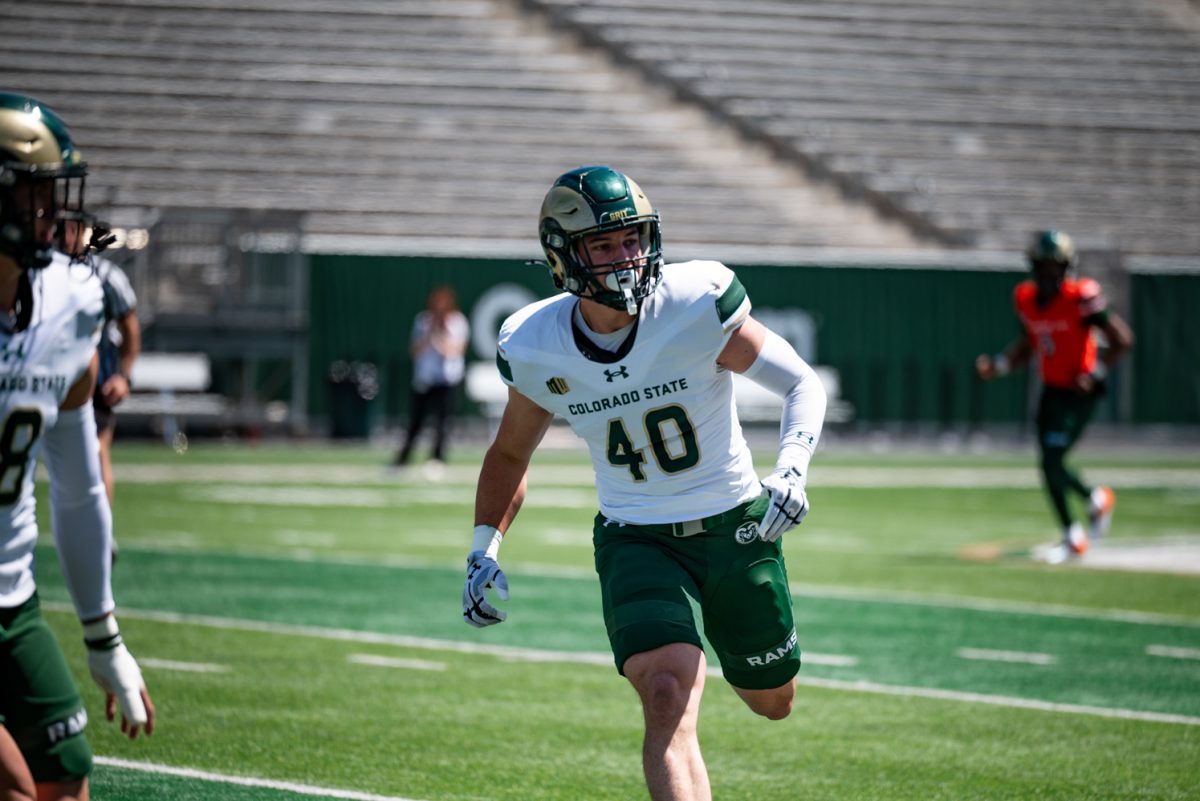
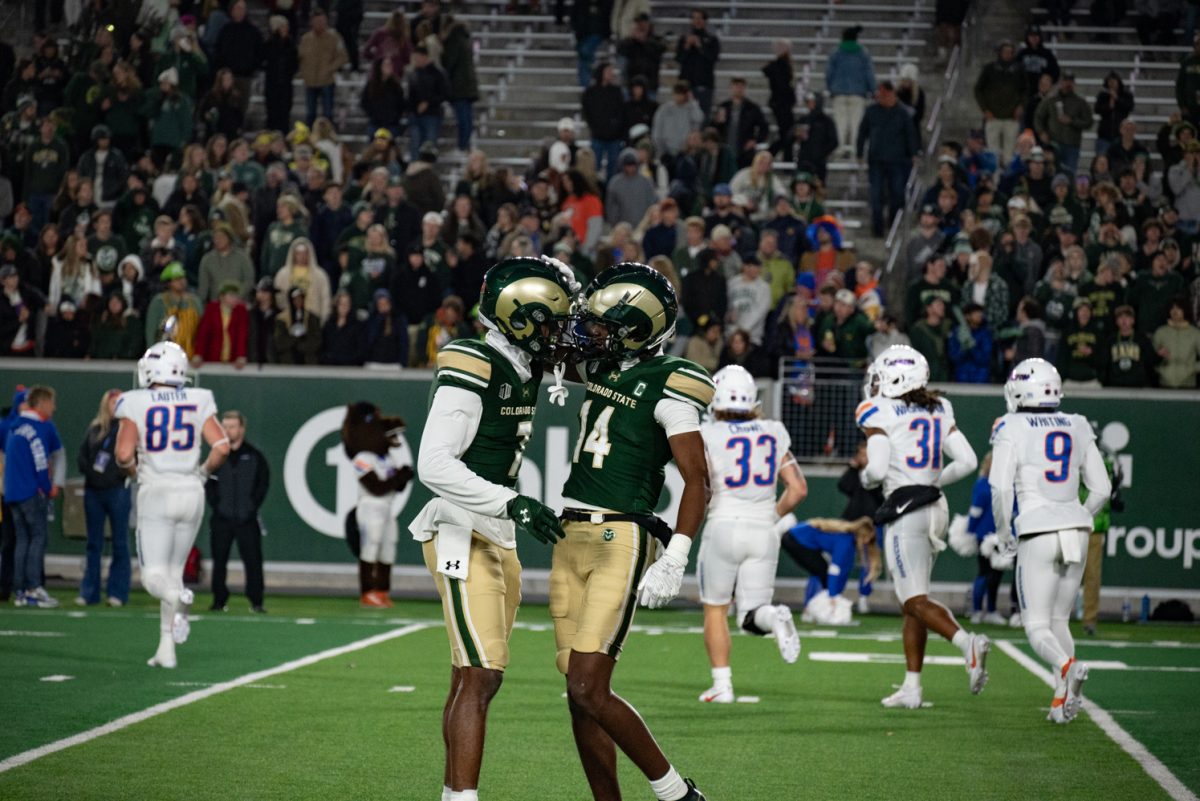




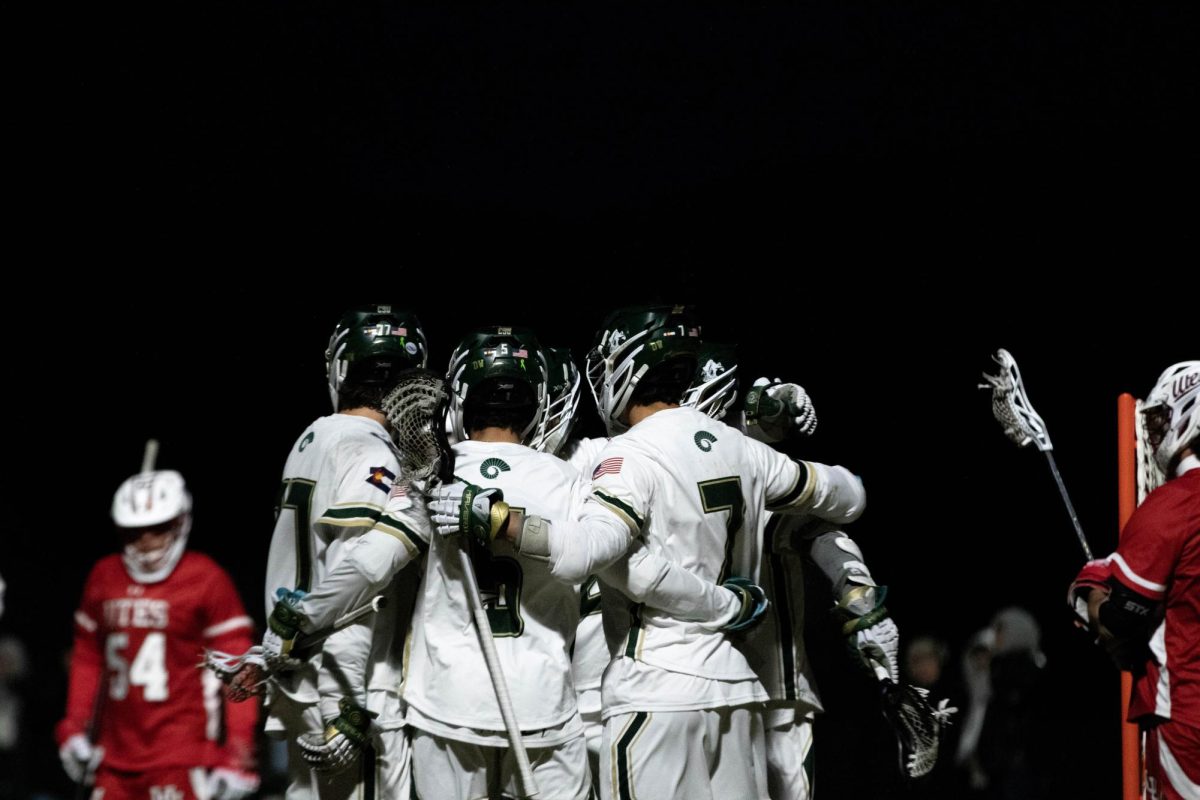
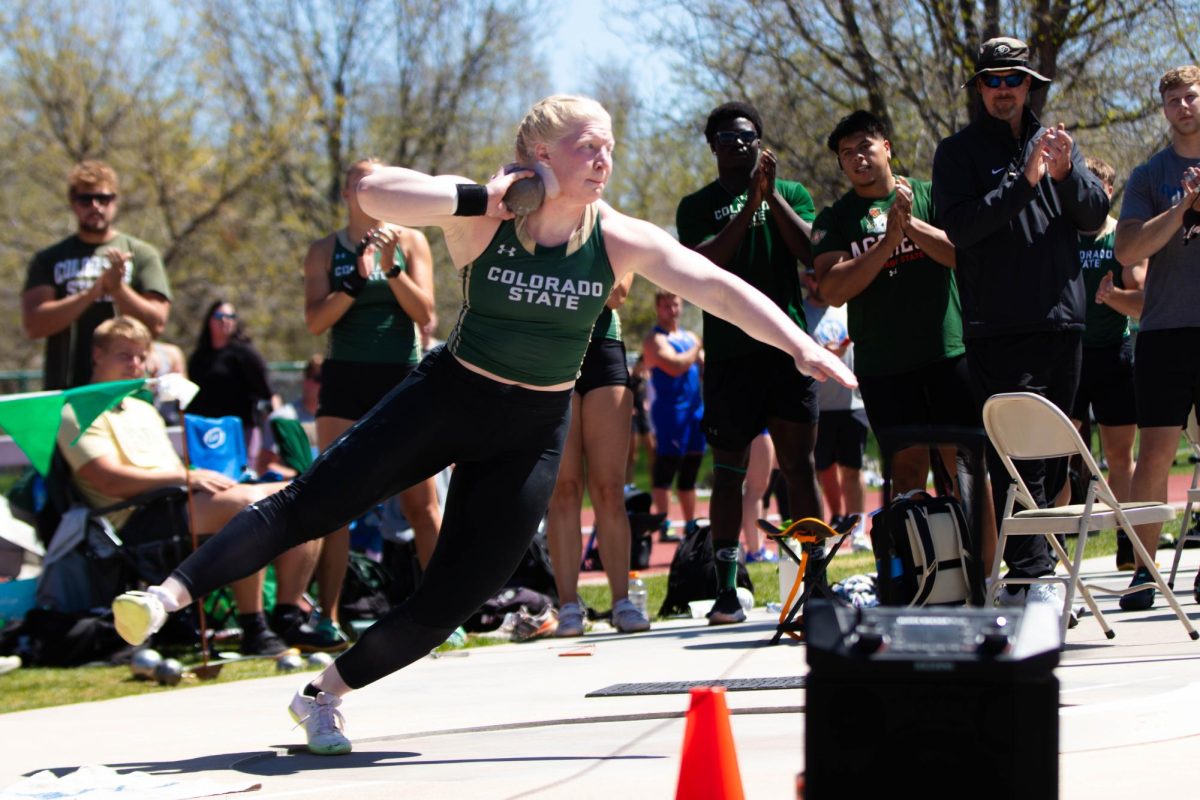
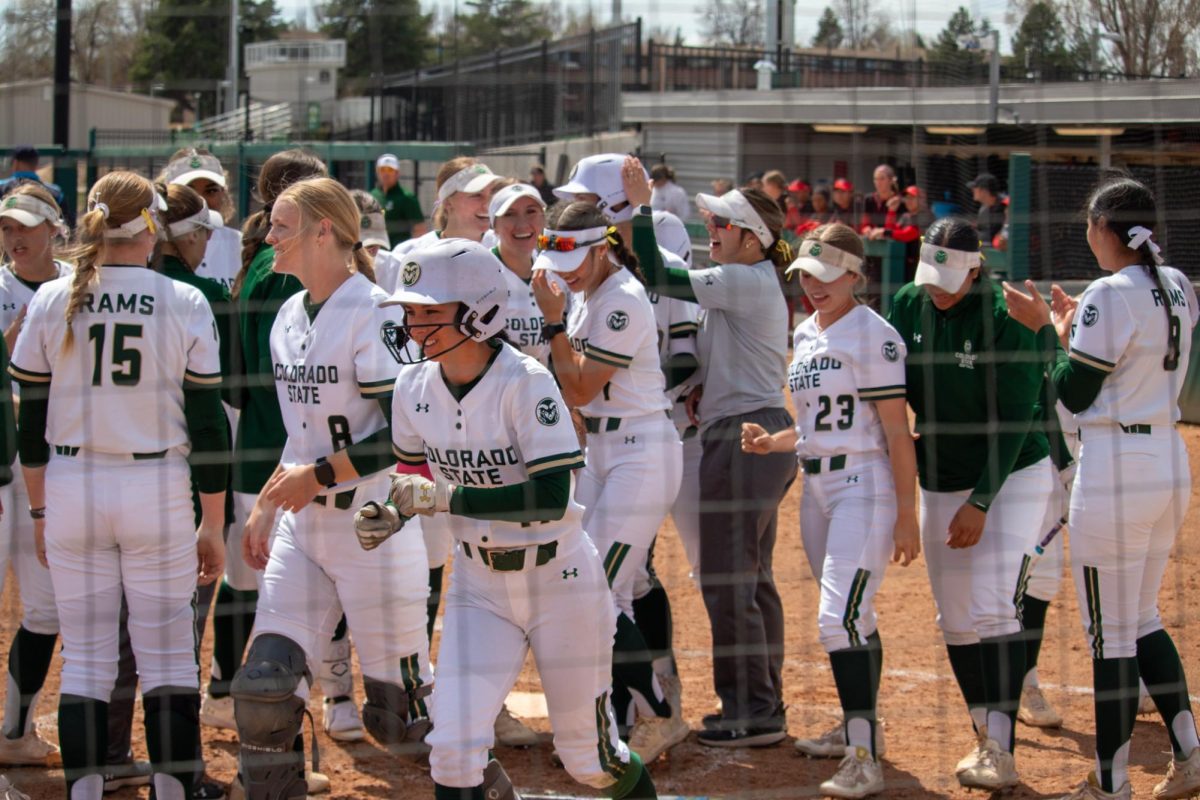
reccos02star • Apr 6, 2017 at 8:45 am
Great article! Well done!